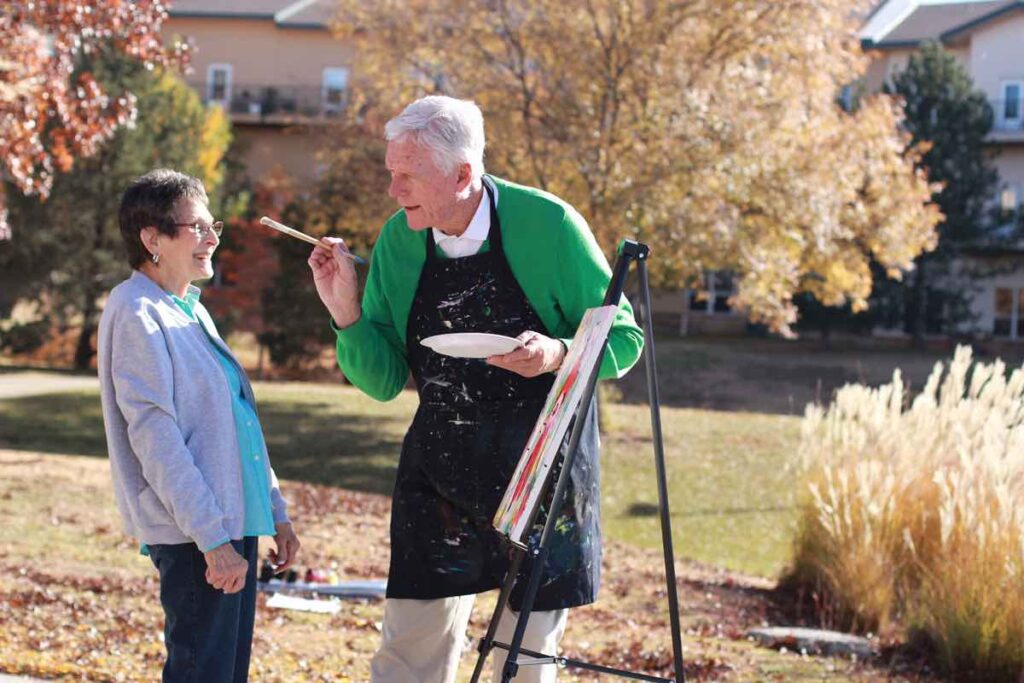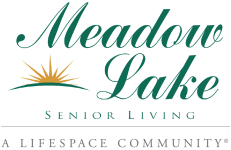
A New Experience
Moving to a new place can seem like a great leap into the unknown. And it can feel even more so when we’re moving to a setting we haven’t yet experienced and may have no context for understanding.
Fortunately, today’s retirement communities offer ample opportunities to visit, dine, attend events, and even stay for a few days before committing to moving in. Most retirement communities have special staff to help ease the downsizing and moving transition process. And many communities allow residents to customize their new living spaces. Even so, wondering what life in a retirement community is like is perfectly understandable.
What Kind of Retirement Living?
Independent Living
Your daily experience of retirement community life will depend to a certain extent on the kind of community in which you live and the level of care you’re receiving. If you’ll be living independently, you can expect a maintenance-free, more streamlined version of the life you’re living in your current home. Your new home—usually a patio home, cottage, or apartment—will most likely be smaller, but you won’t have to worry about yard work or other chores. Interior maintenance, housekeeping, laundry, and some meals may even be provided.
Assisted Living
If you’re moving into a community that will provide assisted living care, you will most likely live in a private apartment home with a kitchenette, bathroom, bedroom, and living area. Trained staff will offer care personalized to your specific needs, and will likely be available around the clock. Your meals, housekeeping, transportation, and laundry will be taken care of by the community.
Life Plan Communities
Choosing to live in a continuing care, or Life Plan Community, offers many advantages. In addition to providing multiple levels of care in one location, such communities usually have extensive resources dedicated to social, physical, and cognitive wellness. For example, a Life Plan Community would likely have organized events and social activities, a fitness center, a pool, and classes in everything from yoga to Spanish. Because such communities are larger, gardens and trails for walking and biking are often available as well.
Specialized Care Needs
An additional advantage of Life Plan Communities is the availability of specialized care, should it be needed, in one location. For example, Rehabilitation Care would likely be part of the care services offered at a Life Plan Community, as would Memory Care and Skilled Nursing. The comprehensive nature of the care services and the specialized staff needed to deliver these services are among the key components of Life Plan Communities.
A Focus on Fun
Retirement communities have changed dramatically over the past fifty years, with a new emphasis on active adult living. The new name “Life Plan Community” has largely replaced the name “Continuing Care Retirement Community” to reflect this change in emphasis from “care” to “living well.” In fact, many older adults are choosing to move into Life Plan communities while they are younger, a decision supported by many financial and eldercare planners. These active adults are seeking the streamlined convenience of a lifestyle that offers activities, amenities, and “resort-style” living.
Don’t Be Shy!
Whatever retirement communities are on your short list for consideration, don’t hesitate to ask questions and make as many visits as you can. Bring trusted friends and family members to visit with you, and speak with current residents of the community to find out first-hand what it’s like to live in their retirement community before you make it your own!
